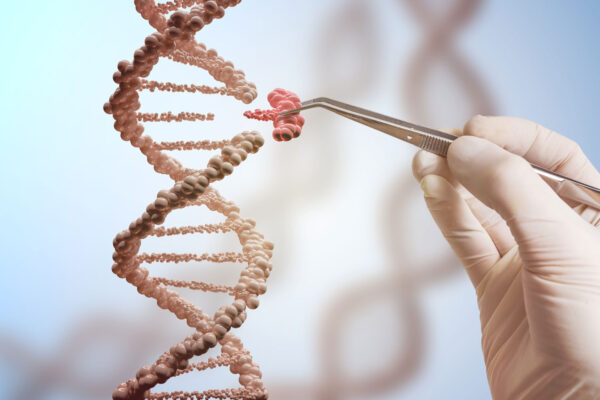
The advent of CRISPR-Cas9 marked a turning point in the realm of genetics and molecular biology. The technology made gene editing more accessible, efficient, and precise than ever before. Following its widespread adoption, more and more research papers were published describing the many ways it was being applied. Pre-existing concern about the risk of off-target effects, similar to those seen with short interfering RNA or silencing RNA (siRNA), began to be recognized as a problem.1 Though its precision was unquestionably better than older methods, off-target effects were indeed observed. These can not only take the form of locus-specific rearrangements of varying size, but also whole chromosome loss. Happily, new research shows there may be a simple and effective way to greatly reduce at least one of the side-effects of this powerful tool, the chromosome loss.
“Euploidy” describes a complete set of the expected number of copies of each chromosome for a species, whereas “aneuploidy” describes an improper number of copies. CRISPR-Cas9 can cause aneuploidy in that it can inadvertently cause loss of a whole chromosome copy, endangering the viability of cells that have undergone editing.2 Whenever the objective of the editing is to have an actively dividing cell population which harbors the intended changes introduced by CRISPR-Cas9, this side-effect runs counter to that goal in that it can reduce proliferation and may trigger apoptosis. As it turns out, a simple switch of the sequence of events in the editing process may suffice to greatly reduce the problem.
A group of researchers from several institutions including the University of California, Berkeley, the University of California, San Francisco, and Stanford University joined forces to find that carrying out DNA editing first, before activating and stimulating T cells drastically reduced the rate of chromosome loss.3 Work was first carried out to gather data demonstrating chromosome loss was indeed a frequent occurrence following T cell editing with CRISPR-Cas9. Subsequent testing confirmed the improvement in editing outcome when the change in the order of the processing steps was implemented.
The concern over off-target effects, including the risk of chromosome loss, has always surrounded the CRISPR-Cas9 system. The indication that a simple change in order of operations in the editing process can mitigate the problem is a very promising development for a tool which has become pivotal to countless research endeavors. As there have been many iterations of the CRISPR-Cas system itself, no doubt improvements will continue in the way the family of tools is applied, leading to an acceleration in the pace of discoveries being made with them.
References
- Yao, Z., Petschnigg, J., Ketteler, R., & Stagljar, I. (2015). Application guide for omics approaches to cell signaling. Nature chemical biology, 11(6), 387-397.
- Nahmad, A.D., Reuveni, E., Goldschmidt, E. et al. (2022). Frequent aneuploidy in primary human T cells after CRISPR–Cas9 cleavage. Nat Biotechnol 40, 1807–1813
- Tsuchida, C.A., Brandes, N., Bueno, R., et al. (2023). Mitigation of chromosome loss in clinical CRISPR-Cas9-engineered T cells. Cell 186, 4567–4582
